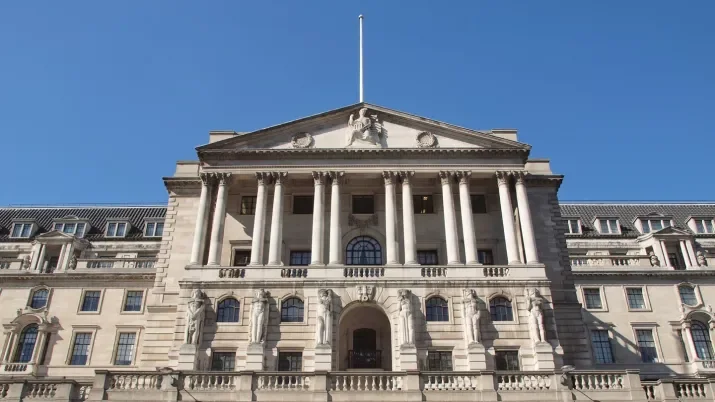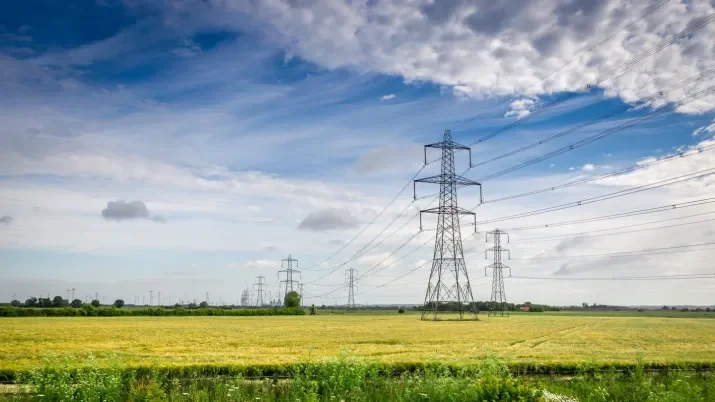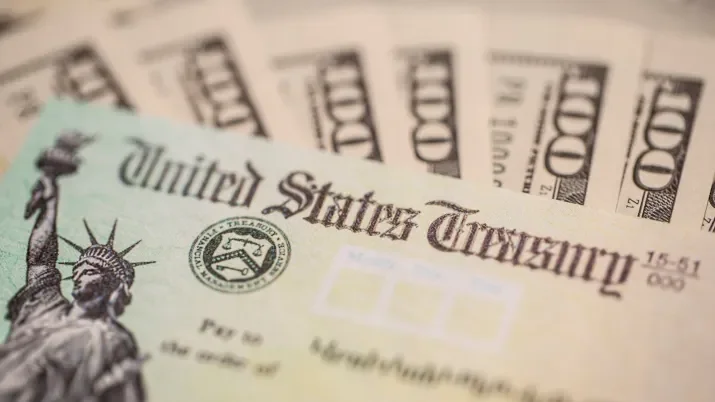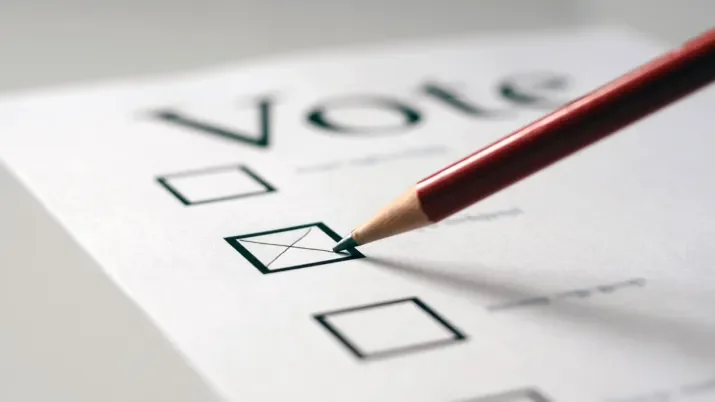
Yields soften blow of Powell’s hard words
Powell’s hard line may have surprised investors, particularly in light of recent market volatility and increasing geopolitical risk in Eastern Europe, but the Fed’s fear of prolonged higher inflation looks to be trumping those concerns.

European ABS: Five things to expect in 2022
If 2021 was a bad year for global bond returns, it follows there were few natural shelters to be found within fixed income from the brunt of inflation and rates-driven volatility; the Barclays Global Aggregate Index (a widely used broad measure of bond performance) returned -4.7% in USD terms, while European investment grade credit returned -1.1% despite credit spreads tightening over the course of the year.

Why so quiet at the Bank of England?
It has been a very interesting start to the year in the rates sector of the market.

French government pulls the plug on EDF
Électricité de France (EDF) shares fell by as much as 25% on Friday morning after the French government announced exceptional measures to limit the impact of high electricity prices on French consumers, at the expense of the energy provider – the shares are down over 30% since start of December.

Specialist lenders lead stacked pipeline in ABS
The first two trading weeks of the year are coming to an end and unlike previous years they have been packed with activity.

Light at the end of the inventory tunnel
As we enter the third year of the pandemic, most market participants are asking themselves (once again) if this will be the year when supply chain issues finally abate.

Comprehending the latest Treasury spike
Given the swiftness of the Fed’s pivot we think risks are tilted towards the central bank doing more and not less. We wouldn’t even rule out a 50bp rate hike at some point.

Voting rights and the myth of future proofing documentation
As we enter the New Year, we say goodbye to an old “friend” that has accompanied us (for better and for worse) since the inception of the UK ABS market in the late 1980s – Sterling LIBOR.

UK banks pass the solvency test
As bondholders, we are comforted by all the banks passing such a severe test.

FOMC: Hard to shake sense the Fed is behind the curve
Jerome Powell’s recent testimony to the Senate Banking Committee, in which he said the Fed would discuss a faster taper of its asset purchases at December’s FOMC meeting, has led to intense speculation that we could see a move this week.

This is as good as it gets for linkers
Against a backdrop of 4.20% year-on-year UK consumer price inflation (CPI), if you got your timing right, linkers (inflation-linked UK government bonds) will certainly have outperformed conventional Gilts by some margin.

When will labour market strength JOLT Treasuries higher?
The labour market in the US shows little sign of weakening, despite the huge number of jobs already created this year.
